Managing food safety, product quality and product yield is essential for any effective shrimp cooking system
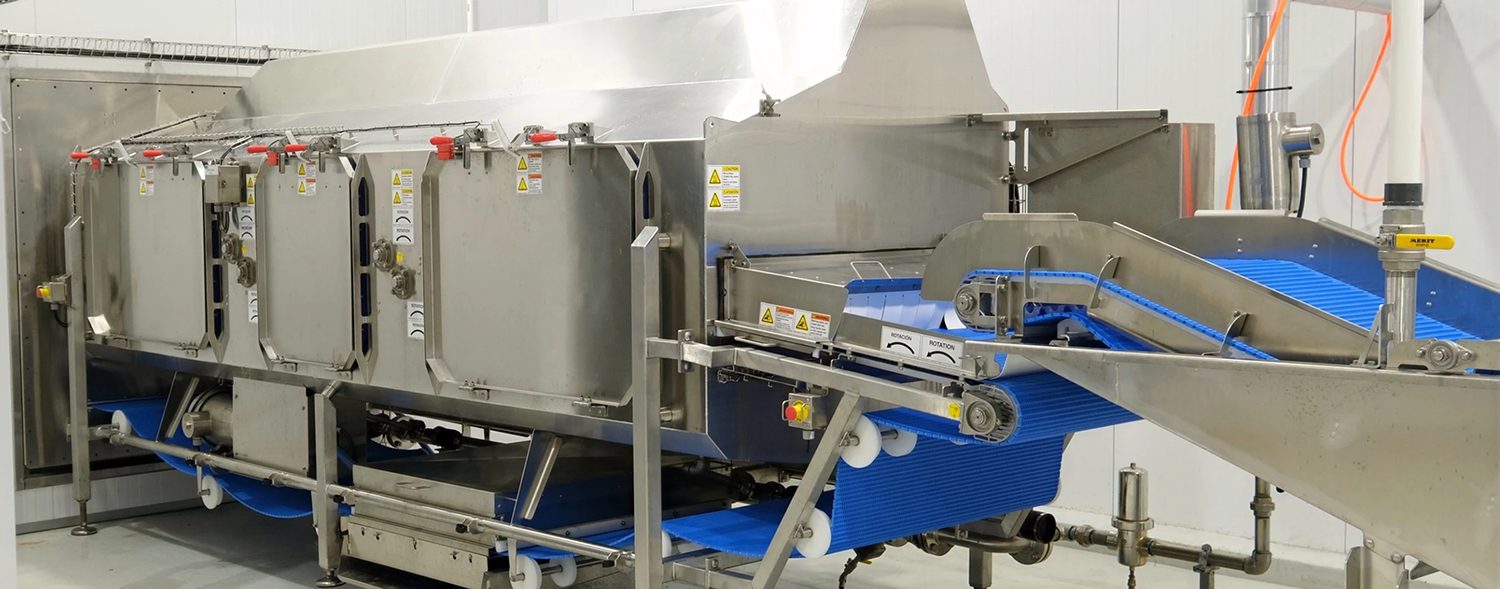
2021 marked another record year for shrimp imports in the United States (895,030 tons valued at more than U.S. $8 million) based on data from the Food and Agriculture Organization of the United Nations (FAO). Frozen-cooked shrimp demand continues to increase everywhere: new markets are looking for high-quality, convenient and cost-effective products.
Overall, the convenience, affordability, sustainability and versatility of frozen shrimp make them a trending choice among consumers. With the upward demand for cooked shrimp, processors are looking for better cooking and chilling processes.
“Knowledge and having the right technology are vital to producing quality and safe seafood,” said Dr. Jason Bolton from the University of Maine, where he works with food companies on new product innovation and development.
Last November, during the Guayaquil Shrimp Cooking School event organized by Laitram Machinery, where the top Ecuadorian shrimp processors participated, Bolton highlighted the importance of considering a balance of three elements when cooking shrimp: food safety, product quality and product yield:
- PRODUCT SAFETY is essential, with no allowance for margins
- PRODUCT QUALITY can vary to distinguish product value, and reliance
- PRODUCT YIELD is necessary for profits
The landscape of shrimp cooking technology today
There are three common methods for shrimp cooking: boiling water (batch or continuous), steam and convection steam.
- Boiling water requires a lot of energy to heat up and maintain water temperature. There is no easy way to lower the temperature, and it can be challenging to clean and maintain uniformity during the process, resulting in cold spots or overcooking shrimp.
- Static steam (continuous or batch) processors can adjust the system temperature rapidly, but given the lack of control and uniformity, it is common practice to cook at higher temperatures to assure the food safety of the product, hurting yield and quality.
- Precision steam cooking – using forced convection steam to cook the shrimp – allows for a better heat transfer with shorter cooking times and reduced energy consumption. This system enables shrimp processors to cook at lower temperatures while complying with food safety requirements. It is a rapid process, with fast start-up times and precise temperature control. This process has been tested and proved throughout the years, especially in markets where processors traditionally cook shrimp, such as in the Asia-Pacific region.
What problems can CoolSteam tackle?
According to Bolton, the CoolSteam cooker is helping to overcome some of the traditional challenges faced by the shrimp industry.
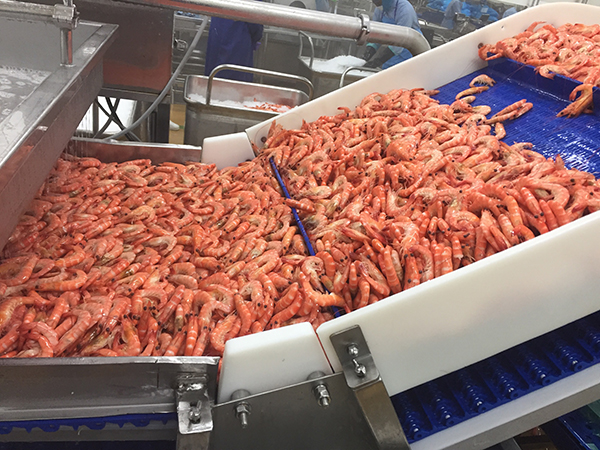
Specifically, the CoolSteam cooker allows for precise and accurate temperature control, and with appropriate process validation, you can prevent overcooking. Thus, the technology can lead to increased quality and yield while maintaining the product’s safety. In addition, the system is flexible enough to adapt rapidly to product variations, such as the size and quantity of the product being cooked/processed.
It allows for the use of lower temperatures for shrimp cooking. Shrimp are delicate and can quickly become overcooked, making them tough and rubbery, curl and loss of valuable yield. Overall, cooking shrimp at lower temperatures is the best way to ensure they come out tender, flavorful and nutritious. Lower cooking temperatures allow the natural flavors of the shrimp to come through more thoroughly. Lower cooking temperatures are also beneficial because they help to preserve the nutrients in shrimp. High heat can cause the nutrients in shrimp to break down or become destroyed, which can decrease their nutritional value
Moreover, the CoolSteam cookers, in concert with the Rainfall chiller, allow users to control shrimp cooking and chilling parameters precisely, consistently and accurately – which prevents overcooking and reductions in yield and quality. The use of steam and low temperature increases moisture retention, enhancing the cooked shrimp’s sensory attributes, such as better texture, nutrition and taste. The systems also use less energy and water when compared to water and other steam cooking systems. Laitram’s consideration for sanitary design, filtration and microbial water reduction lessens the risk of environmental contamination.
Knowledge and having the right technology are vital to producing quality and safe seafood.
How CoolSteam’s shrimp cooking and chilling system works
The two underlying principles behind the patented CoolSteam advantage: forced convection and low-temperature cooking. These systems are available for HOSO, HLSO, P&D, Curled, Shrimp Rings and Trays.
Low-temperature steam cooking
At 100 degrees-Celsius (212 degrees-Fahrenheit), the product is overcooked on the outside while waiting for the center to achieve temperature. The CoolSteam method minimizes overcooking by limiting the temperature of the cooking environment to a predetermined maximum. When utilizing this method, excessive shrimp cook time has minimal impact on yield because the temperature difference between the center of the product and the cooking environment is less than in a conventional cooker.
From a microbial standpoint, cooking shrimp in a reduced-temperature cooker is safer than cooking in a conventional cooker. To achieve the same final product core temperature as a traditional cooker, the product must remain in the reduced temperature cooker longer, destroying more microorganisms.
This system helps processors comply with the regulations for microbial lethality without compromising product yield to reach a *6-log reduction of Listeria monocytogenes.
Forced convection cooking
Conventional steam cookers operate by applying pure steam and alternate airflow trajectories in adjacent zones. They can overcook the exterior of the shrimp or seafood while waiting for the center to achieve the desired temperature and reduce product yield. The CoolSteam design assures reasonable cook times, consistency and uniformity by taking advantage of improved heat transfer coefficients. The system continuously forces a homogenized mixture of steam and air from the top down through the product (shrimp, crab, lobster, vegetables, etc.) bed and then recirculates back to the door-mounted fan/blower.
CoolSteam minimizes overcooking and yield by limiting the temperature of the cooking environment to a predetermined maximum selected by the operator. With this method, excessive cook time has minimal impact on yield because the temperature difference between the center of the product and the cooking environment is less than in a conventional cooker.
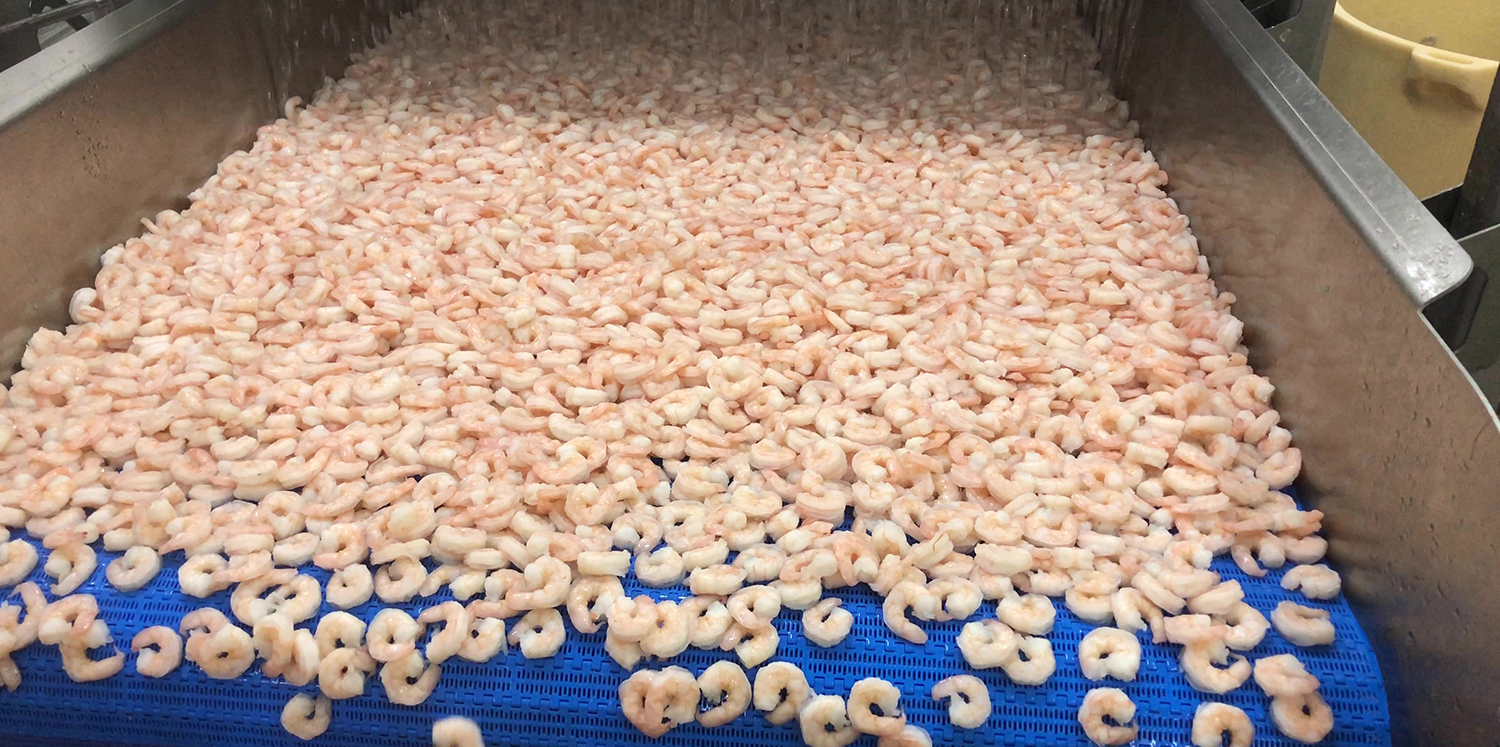
Not only cooking
In recent years, a shift into more complete solutions that consider not only the cooking process but also supplementary methods – such as automatic feeding, an integrated chilling system, water recirculation and improved sanitation and controls – is underway. A few proven innovations are:
- Integrating an automatic feeding system that loads shrimp onto the cooker belt with an even distribution helps the cooking process avoid clumps and maintain minimal human contact.
- A system designed with hygienic requirements in mind and accessible for inspection, maintenance, cleaning and sanitation will help produce safe food products and excellent microbiological quality.
- Using the right chilling system is crucial to stop the cooking process while maintaining high yields, consistency and product quality.
- Water recirculation and water filtering systems allow processors to reduce water usage and water disposal fees considerably while chilling the cooker product faster into lower final core temperatures, resulting in higher yields and huge savings.
- The system should include a resistance temperature detector (RTD) to monitor and give feedback to an integrated central control system on the different temperatures and critical control factors for improved food safety and better control of the process.
Processors of shrimp and other shellfish (crawfish, crabs, mussels) looking into cooking and chilling systems should consider features that indicate a high-quality standard, strong return on investment, a good understanding of food safety and sanitary design to result in a smoother operation with no downtime.
*The 6D Kill implies thermal conditions that reduce the potential Listeria count by 6 logs or eliminate 106 Listeria monocytongenes organisms.
Author
-
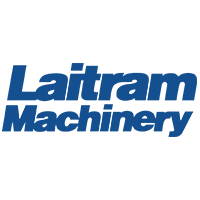
Laitram Machinery
This article was prepared for Laitram Machinery by Dr. Jason Bolton, Extension Professor and Food Safety Specialist and Program Administrator for Aquaculture, Food, Innovation, and Nutrition at University of Maine Cooperative Extension in Orono, Maine, USA. He can be reached at Jason.Bolton@maine.edu.
Tagged With
Related Posts
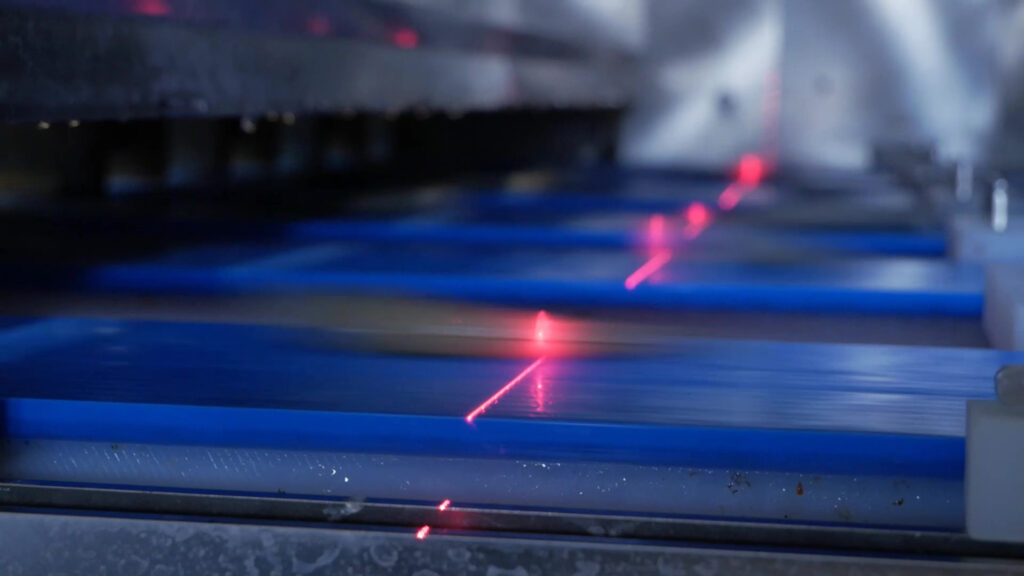
From Our Sponsors
Game changer: How Laitram Machinery’s SMART Sorter is revolutionizing shrimp processing
Sponsored post: Laitram Machinery's SMART Sorter is a vision-based shrimp grader that’s radically changing how shrimp processors do business.

